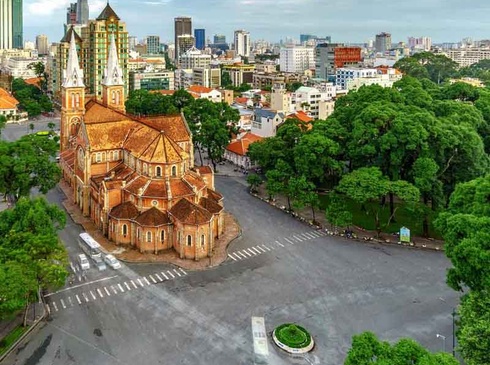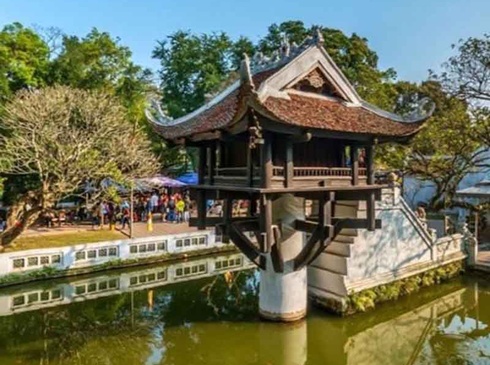The Mysterious Plain of Jars
The Plain of Jars in Laos is one of the most intriguing and mysterious archaeological sites in the world. The site boasts thousands of stone jars scattered across a vast area. Many experts believe that the sites were used for funeral purposes, but no one knows for sure. Today, the area is considered one of the most important tourist destinations in the country. In this article, we'll delve deep into the mystery behind the Plain of Jars.
.jpg)
The origin and date of these jars remain one of the greatest mysteries of South East Asia. The first jars were discovered by the French archaeologist Madeleine Colani in the 1930s. The jars date back to the Iron Age, between 500 BC and 200 AD. With the height of 2.5 meters and a weight of over six tons, many questions still surround the jars' creators, the purpose of the site, and its significance. Despite several excavations, so many questions remain unanswered.
One of the most frustrating aspects of studying the Plain of Jars is the lack of physical evidence due to several wars. The remains of the ancient civilization are scarce, and most of the evidence the scientists have is limited to the jar remains. There are no carvings, paintings, or sculptures that would provide information on the history, culture, or rituals of these people. It is still uncertain whether the jars were used in traditional burial or as an offering to the gods.
The size and number of jars vary, and they’re often grouped in clusters, while others are standalone. The largest group jar group is located in Site 1, with almost 400 jars set across a radius of 50 kilometers. There are over 90 jar sites scattered throughout the province, from the Mekong River to the Vietnamese border. Researchers suggest that the original design was meant to hold rice wine, food, or even rainwater, while others believed it held the ashes of ancient kings and queens.
.jpg)
Several theories surround the origin of the site and its meaning, the most common being a cultic or ritualistic center, where the jars contained the remains of the deceased. Many locals believe that the jars were their homes before being emptied of the human occupants. A theory by one archaeologist Jacques Dumarce proposed that the jars were related to the Teouma people of Vanuatu, and a population genocide was responsible for the disappearance of this civilization.
Conclusion:
The Plain of Jars in Laos remains one of the most cryptic sites on the planet, and its origin, meaning, and purpose remain a mystery. Despite several excavations carried out since the 1930s, the jars' origins and the civilization responsible for their creation remain a mystery. While it is difficult to provide a definite answer to the mystery of the Site, travelers and scholars can continue to enjoy the mystery and beauty of this plain of jars and the incredible scenery surrounding it. The mystery of the Plain of Jars will undoubtedly continue to fascinate the world for many years to come.







